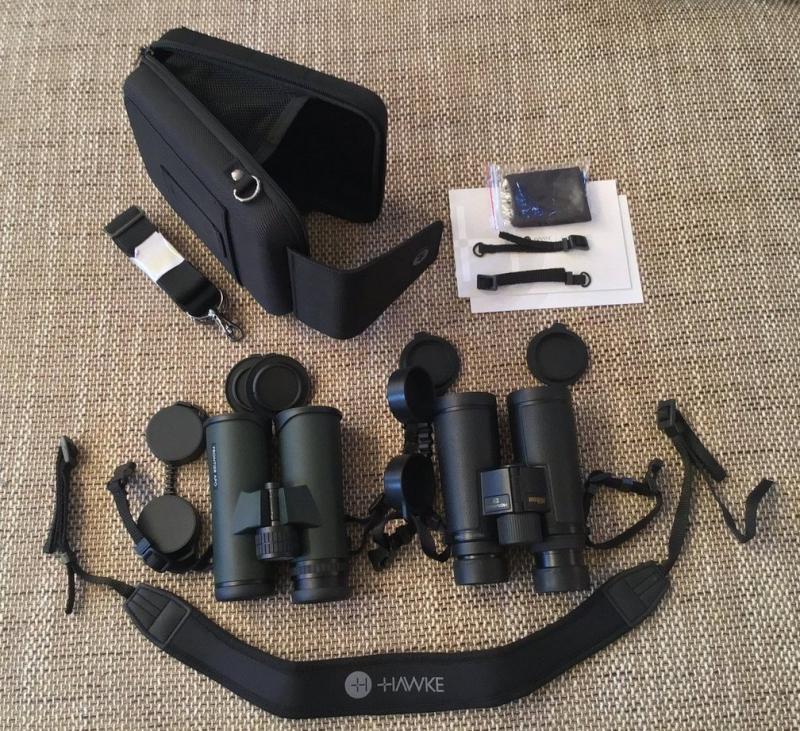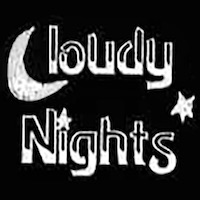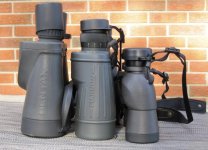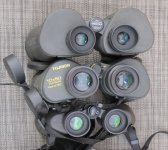Conndomat
United States of Europe

But I'm glad that I'm the only one who noticed the edge blurring and visible CA on the 8x42 MHG.Statistically striking are also your many disparaging posts about the Nikon Monarch HG 8x42 regarding high CA and edge blur (again without numbers, e.g. % of field of view radius) - in contrast to the number of reports of other members.

Review / Test Hawke Frontier APO 10x42 vs Nikon Monarch HG 8x42 - Binoculars - Cloudy Nights
Review / Test Hawke Frontier APO 10x42 vs Nikon Monarch HG 8x42 - posted in Binoculars: Hello friends, I introduce a new binocular, comparatively I use my existing one. I can only use my existing, well known Nikon Monarch HG 8x42. At places where apples and oranges appear, I point this out...
Advantages of the Hawke Frontier APO 10x42 over Nikon Monarch HG 8x42
- clearly and significantly less lateral CA
- slightly better edge sharpness of the Hawke APO 10x42 (90%) compared to Nikon MHG 8x42 (80%)
Binoculars with 80% edge definition are not flat field glasses for me, an SLC can do that even without this advertising promise.
I have also classified the edge sharpness on the MHG 8x42 at 80% at best.
Andreas








